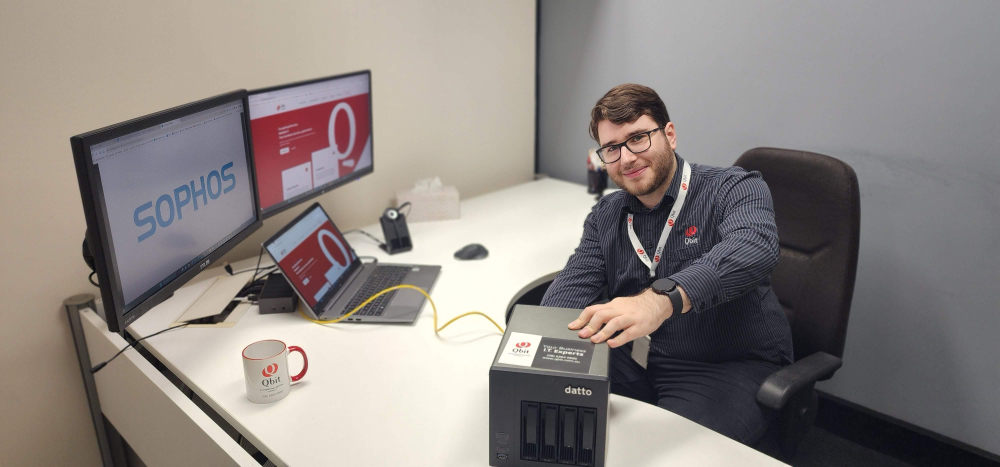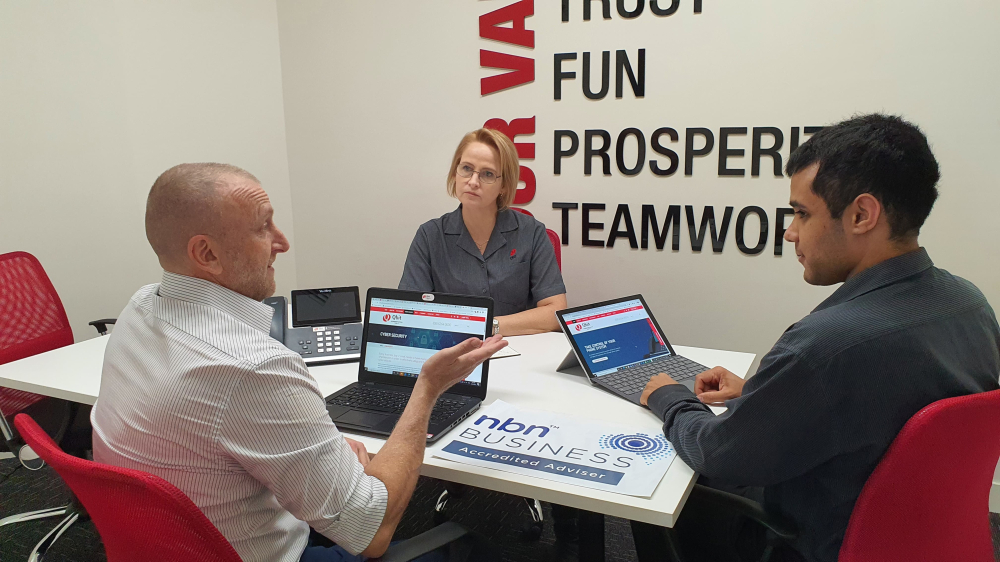Recover Information Within Minutes
What would it mean to your company if you lost all your data? Think about having to recover from no accounts, no emails, no business documents you’ve created. Business continuity is lost. Often, businesses don’t backup, and those that do don’t regularly run test restores.
The old way of creating backups was just to protect the data. If the computer failed you would have to reload the operating system, reload all the programs, configure it all and then reload your data. With a Server it could take two days to get it up and running to where it was before the failure.
Qbit can create a business continuity plan with standby servers so that you can be recovered within minutes in the event of a hardware failure on your main server or even a Cyber Security event. Qbit has researched many disaster recovery solutions and highly recommends Datto Siris. Datto Siris has proven to be reliable, easy to manage, quick to recover from and has complete cloud integration to Australian data centres.



